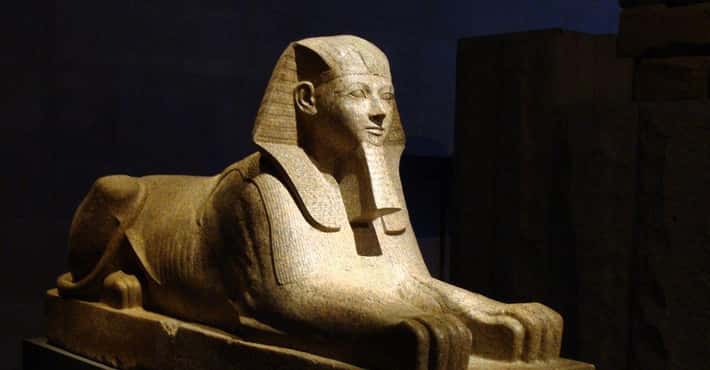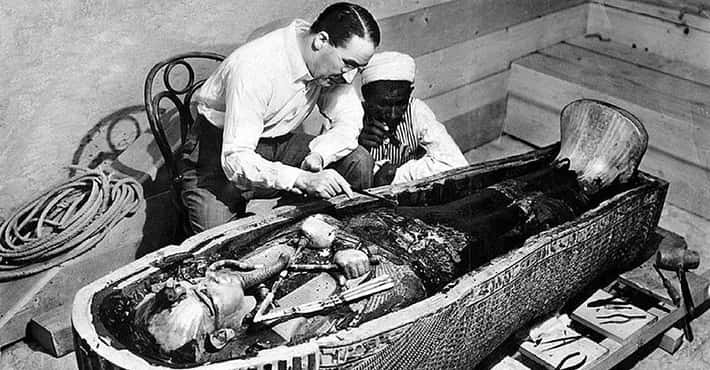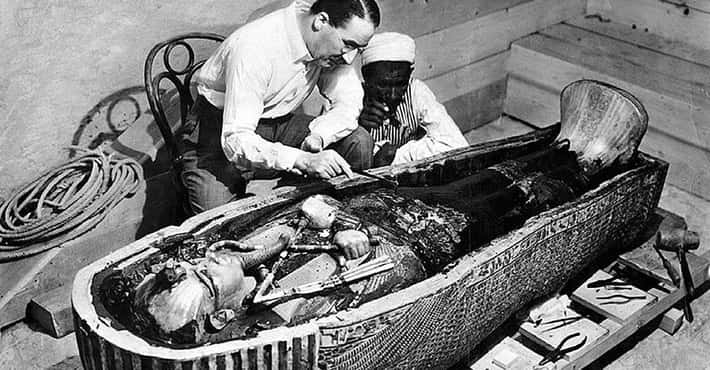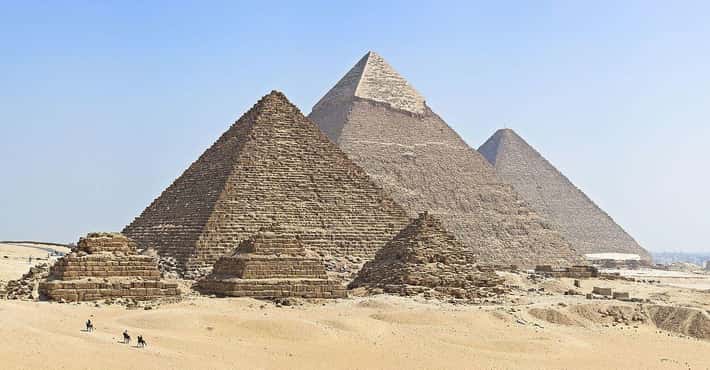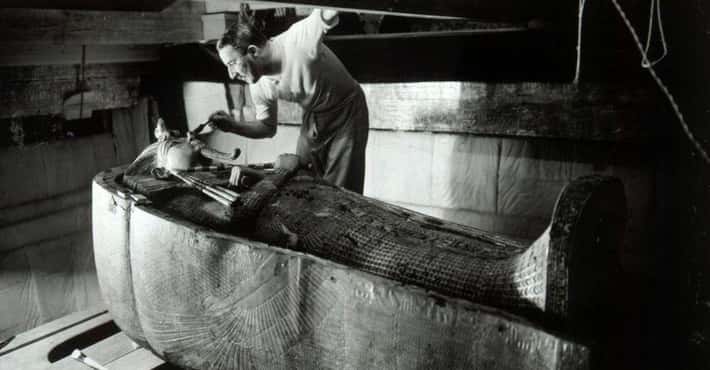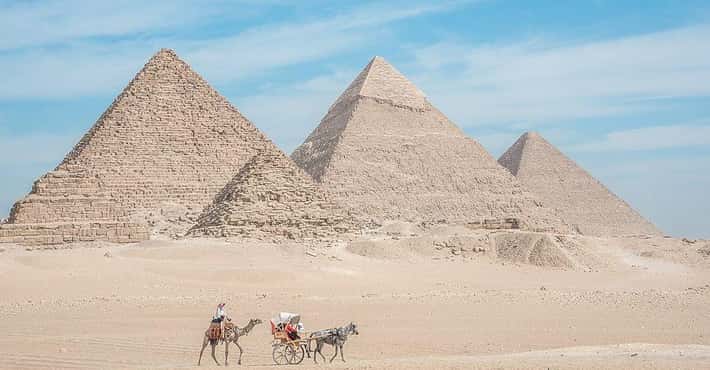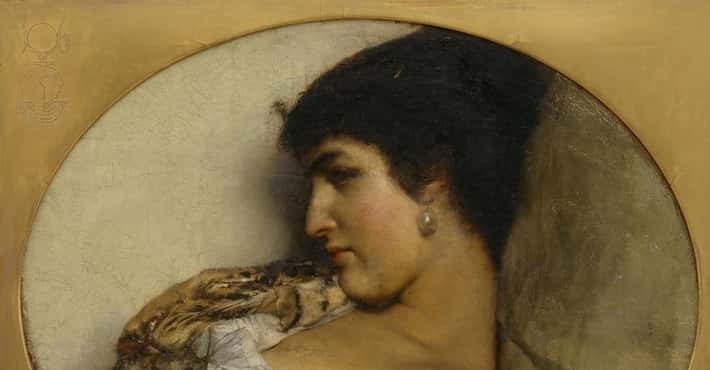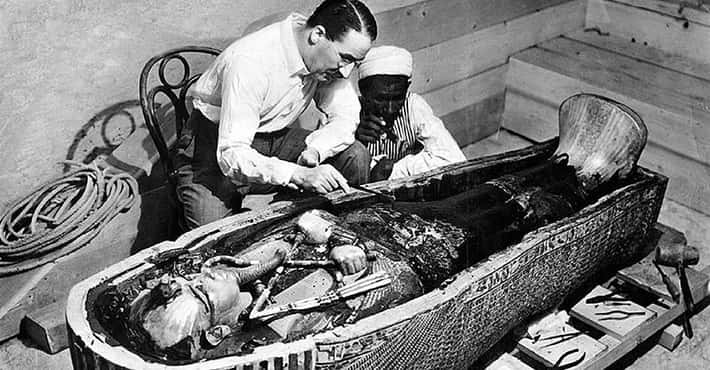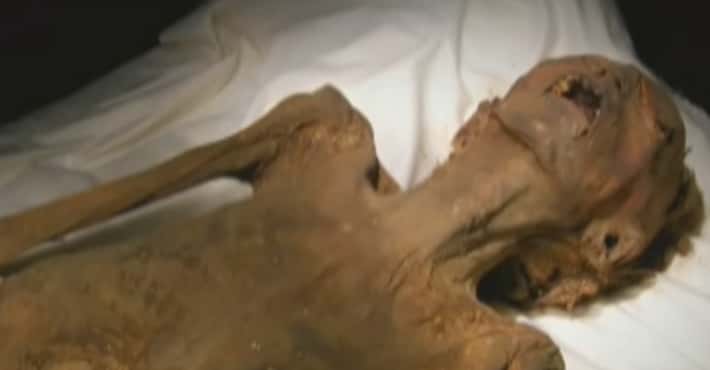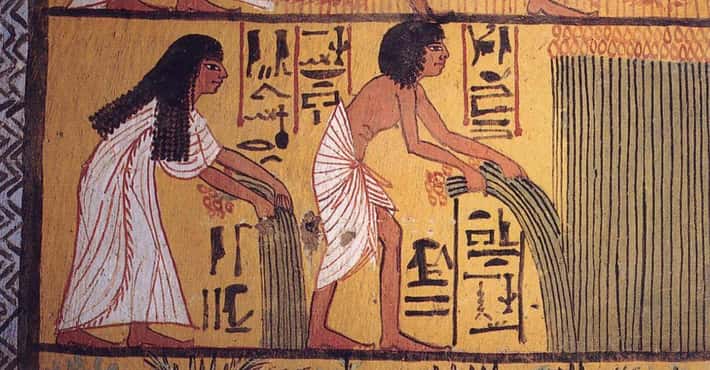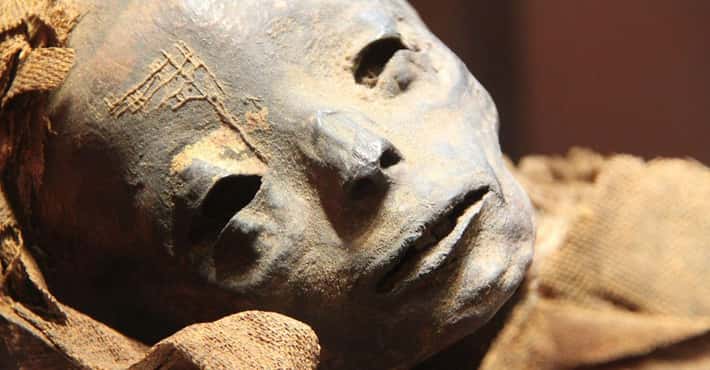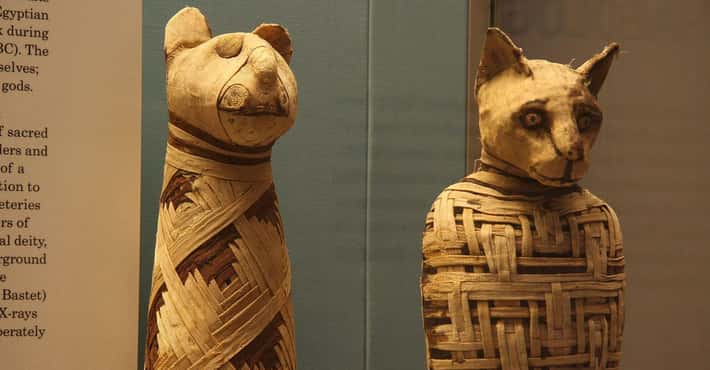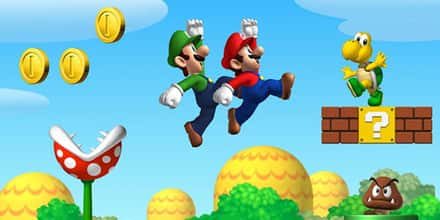
11 Artifacts From Ancient Egypt We Can't Believe We'd Never Seen Before
Copy link
Vote up the images of ancient artifacts that give you a new look at ancient Egypt.
Artifacts from an ancient society are like timepieces from the past. Whether they're tomb goods associated with a royal figure or objects found at a newly discovered archaeological site, seeing a trinket, tool, or everyday item from hundreds - if not thousands - of years ago is simply incredible.
Ancient Egyptian artifacts discovered over the centuries now reside in museums worldwide. Many look familiar and may have been included in textbooks or documentaries. Others are relatively unknown to most eyes - these are the ones that really capture the imagination.
Little-seen artifacts teach us a thing or two about a culture we already thought we knew. Vote up the ancient Egyptian artifacts that just showed you something new about the past.
- Photo: A. Parrot / Wikimedia Commons / Public domain1201 VOTES
Apotropaic Wands, c. 19th-17th Centuries BCE
Ancient Egyptians used apotropaic wands to ward off evil spirits. Crafted out of hippopotamus tooth ivory, the wands featured carvings of protective figures such as Taweret and Bes. These deities protected women and children alike.
- Photo: Dmitry Denisenkov / Flickr / CC-BY-SA 2.02313 VOTES
Limestone Toilet Seat, c. 1360 BCE
Limestone was among the most commonly used materials for building in ancient Egypt. As a toilet seat, this relatively soft stone would have been placed over a clay pot.
Toilet seats could also be made of wood. The elaborate nature of an in-home latrine would have depended on the location of a dwelling and the wealth of the homeowner.
- Photo: Daderot / Wikimedia Commons / Public domain3208 VOTES
Funerary Cone, 7th Century BCE
The exact use of funerary cones isn't entirely clear, but they may have served as passports of sorts to the afterlife in ancient Egypt. Made out of clay, the cones feature the name and title of the owner of the tomb within which they were placed.
Some scholars theorize that funerary cones may represent food for the deceased in the afterlife or symbolize the sun - or they may simply be decorations.
- 4198 VOTES
Gold Sandals, 15th Century BCE
Sandals in ancient Egypt could be made of leather, papyrus, or other more accessible materials, but these were crafted from gold. Discovered in the tomb of one of Pharaoh Thutmose III's queens, they apparently weren't actually worn.
- Photo: Unknown / Metropolitan Museum of Art / Public domain5183 VOTES
Loaf Of Bread, 15th Century BCE
Discovered in a basket with numerous other items, this loaf of bread is from the tomb of Hatnefer and Ramose, parents to Senenmut (a close adviser to Queen Hatshepsut).
When Hatnefer (also spelled Hatnofer) passed c. 1473 BCE, she was placed in a tomb near Thebes. The bread was intended to facilitate an abundant supply of the food in the afterlife.
- Photo: Tilemahos Efthimiadis / Flickr / CC-BY 2.06179 VOTES
Cow Figurine, Unknown Date
Farming in ancient Egypt included crop cultivation and animal husbandry alike. This cow figurine attests to the presence of bovines, alongside documentary evidence regarding the biennial “cattle count” during the Old Kingdom.
The cow here appears to have blood on its neck. When animals were slaughtered in ancient Egypt, the butcher slit their throats while assistants held them down. It's possible the animals were rendered unconscious first.
- Photo: Unknown / Metropolitan Museum of Art / Public domain7164 VOTES
Amethyst Monkey Holding A Baby, c. 1981-1802 BCE
An amulet depicting a mother and baby of any species was likely representative of fertility and rebirth. While monkeys were not native to ancient Egypt, they could be kept as pets. Egyptians of the past used amethyst when making jewelry, amulets, and small containers.
- Photo: Jean-Pierre Dalbera / Flickr / CC-BY 2.08172 VOTES
Scarab Pectoral, c. 1323 BCE
One of the items found in King Tutankhamun's tomb was a scarab pectoral that spelled out his name in hieroglyphs.
By using stones and symbols that represented the god Khepri and a rising sun, the amulet spelled out “Neb-kheperu-ra” - the “lordly manifestation of Ra.” This was King Tut's throne name.
- Photo: Marcus Cyron / Wikimedia Commons / CC-BY 3.09161 VOTES
A Woman Grinding Grain, Unknown Date
It's difficult to understate the importance of grain in ancient Egypt. Grains like barley and wheat were staples people used to make bread, beer, and other consumables.
The flooding of the Nile River allowed for fertile lands up and down its banks, with additional irrigation networks created to help crops thrive. Grinding grain was work undertaken by servants using a saddle quern like the one seen here.
- Photo: Rama / Wikimedia Commons / CC BY-SA 3.0 FR10160 VOTES
Mummified Cat, c. 664-332 BCE
The esteem ancient Egyptians had for cats is no secret, and the importance of their feline friends carried over into the next life. Cats were believed to be sacred and also provided a practical function in eliminating rodents and other pests.
Archaeologists have found many mummified cats, which seem to have undergone what researcher Dr. Stephen Buckley called a process that required “a significant amount of effort, knowledge, and expense.”
- Photo: Dmitry Denisenkov / Flickr / CC-BY-SA 2.011183 VOTES
Board Game, c. 1323 BCE
Ancient Egyptian board games were a way to have fun, but they may have had symbolic value as well. Numerous game sets such as Senet (seen here), Hounds and Jackals, and Twenty Squares turned up in the tomb of King Tutankhamun (d. c. 1323 BCE).
Senet, a two-player game found in tombs dating as early as 3500 BCE, featured 30 boxes that players moved their pieces across. The first person to make it through all 30 boxes won.














